What does “Cream the Butter” Mean?
To cream butter means to whip solid butter until it is smooth, light and fluffy. It is often the first step in any baking recipe and actually one of the most important steps. How you cream the butter can make or break a recipe. If you’ve ever ended up with a dense, flat, oily or greasy baked item, it might be because you didn’t cream the butter properly.
Why is creaming butter important?
When you cream butter what you are actually doing is beating air into it. Air pockets get trapped in the butter as you beat it. You can see this because the creamed butter will appear to increase in volume. It’s air trapped in the butter that causes the volume to expand. When you put your batter into the oven, those air pockets get warm and expand, causing the baked good to rise and giving it a light and fluffy texture. In this instance, creamed butter is what we call a physical leavener (as opposed to a chemical leavener like baking soda and baking powder).
Creaming butter with sugar also helps to dissolve the sugar in the butter. Once the sugar is blended evenly into the butter, it will be evenly dispersed throughout the batter, so creaming helps blend ingredients evenly.
The Key To Creaming Butter
The key to creaming butter properly is to start out on the right foot, and that right foot is making sure your butter is the right temperature. Your butter needs to be “room temperature”, or around 65ºF. If it is too cold, it won’t blend with the sugar evenly and will be almost impossible to beat it into a smooth consistency; if it is too hot, the butter won’t be able to hold the air pockets that you are trying to beat into it. So, take the time to let the butter come to the right temperature. The way to do that is to leave it out on the counter for an hour or so. When the butter is the right temperature, you should be able to press on it with your finger and leave an indentation easily. If you can’t push into it, it’s too cold; if your finger goes right through it, it’s too warm.
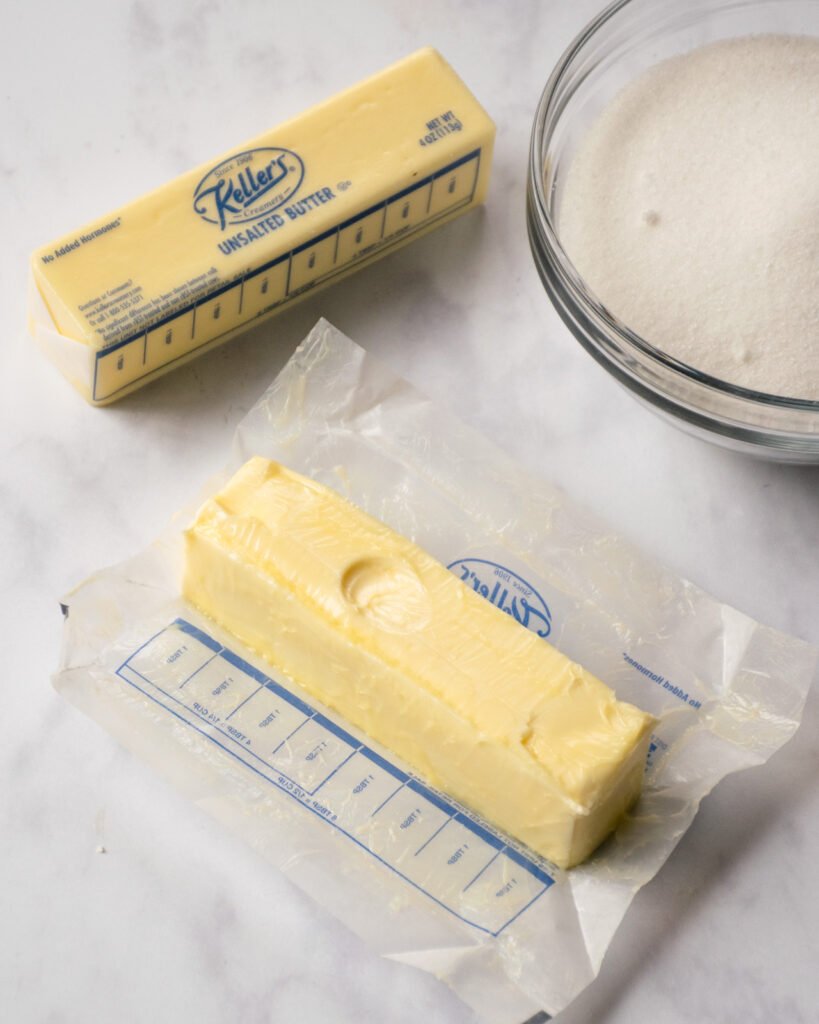
Shortcuts to Softening Butter
It’s difficult to rush the process of bringing your butter to room temperature. Trying to warm it in the microwave won’t work because you’ll melt it too much from the inside out. Leaving the butter in a warm spot like near the oven or on the stovetop will warm it too much from the outside in. If you really can’t wait for the butter to come to temperature naturally, you can pour boiling water into a stainless steel bowl for a few minutes, pour out the water and invert the bowl over the butter to help it warm. You can also microwave a bowl of water for a few minutes, and then remove the bowl of water and let the butter sit in the warmed microwave. The best way, however, is just to wait for the butter to warm naturally.
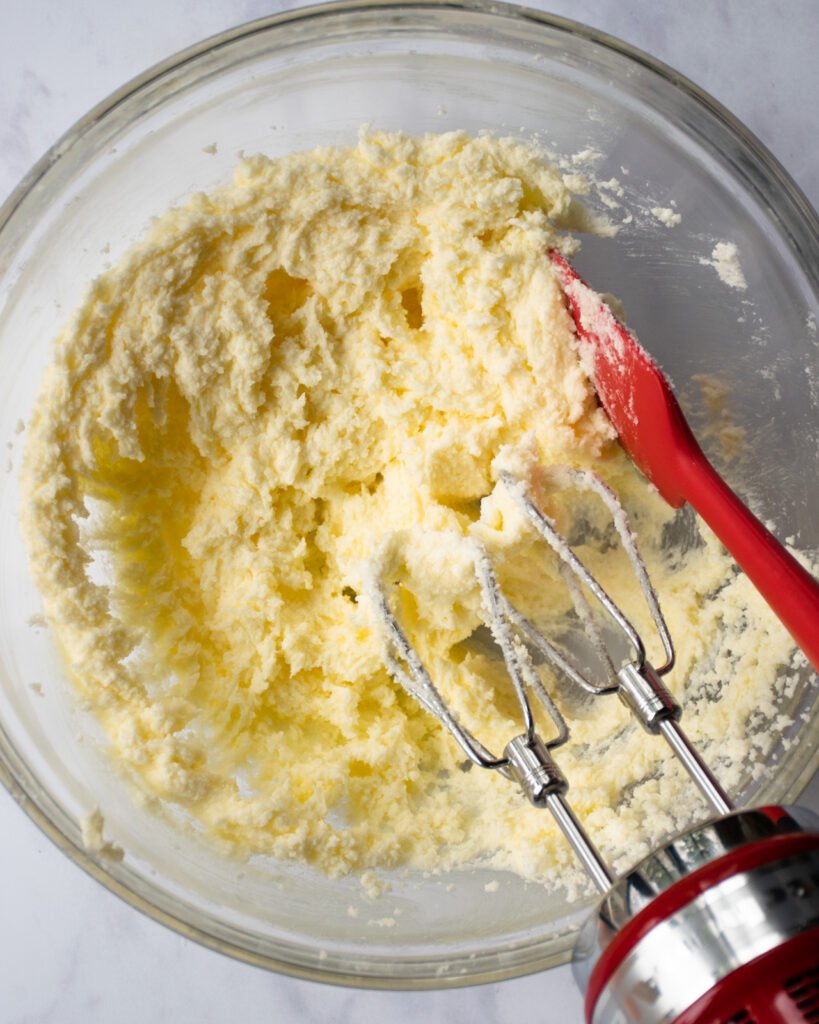
How to Cream Butter
Once your butter is at the right temperature, you can start to cream it. Using a hand mixer or stand mixer is definitely the easiest way to accomplish the task, but you can use a whisk and some serious elbow grease if you don’t have an electric mixer. Start with the butter alone first so that the sugar doesn’t get sprayed out of the bowl by the beaters as they start up. Give the beaters just a couple of spins around the bowl with the butter on its own and then the sugar will stick to the butter more easily.
You should expect to beat the butter and sugar together for at least 2 to 3 minutes on medium speed. High speed won’t get you there any faster, so stick with medium speed.
How to Tell the Butter is Creamed
As you’re creaming the butter, there are a few things you can look for. First of all, the butter should become light and fluffy – it will feel lighter when you scrape it with a spatula or pick the beaters up out of the bowl. The color should turn a light pale yellow color and the total volume of what you’re beating will increase in volume – that’s the air you’re beating into it.
Now, I should let you know that it is possible to over-beat butter. If you find the fat starts to separate from the solids as you’re creaming the butter, you’ve gone too far. Unfortunately, if this happens to you, the only recourse is to start again with new butter. Don’t throw the over-creamed butter away – you could use it as a sweet spread for bagels if you like.
Easy but Important
There’s nothing difficult about creaming butter and sugar (as long as you have an electric mixer), but it is very important and shouldn’t be over-looked. Know what you’re looking for and start with room temperature butter and you will start your baking on the right foot and be on your way to success.
Quick Notes:
To cream butter means to whip solid butter until it is smooth, light and fluffy.
Why is creaming butter important?
- When you cream butter, you are beating air into it which is held in pockets. Those pockets of air expand when they are heated and cause baked good to rise, making them light and fluffy.
- Creaming butter and sugar does two things:
- It increases the volume of the batter by incorporating air, making foods lighter in texture.
- It dissolves the sugar into the butter so that it can be evenly dispersed throughout the batter.
- When you cream butter incorrectly (or not enough), you can end up with flat, dense or oily baked goods.
Start with Room Temperature Butter
- Leaving butter on the counter for 1 to 2 hours, getting it to be room temperature is key to successful creaming.
- Butter should be about 65ºF and be soft enough to hold a finger indentation when pressed.
- Cold butter won’t blend properly with the sugar.
- Warm or melted butter won’t hold air pockets and dense, soggy or greasy baked goods will result.
How to Cream Butter
- Use an electric stand or hand mixer.
- Beat for 2 to 3 minutes on medium speed.
- Properly creamed butter should be light and fluffy, pale yellow in color and should have increased in volume.
- If the fat separates from the solids when you are creaming butter, you have gone too far and over-mixed it. Start again with fresh butter.
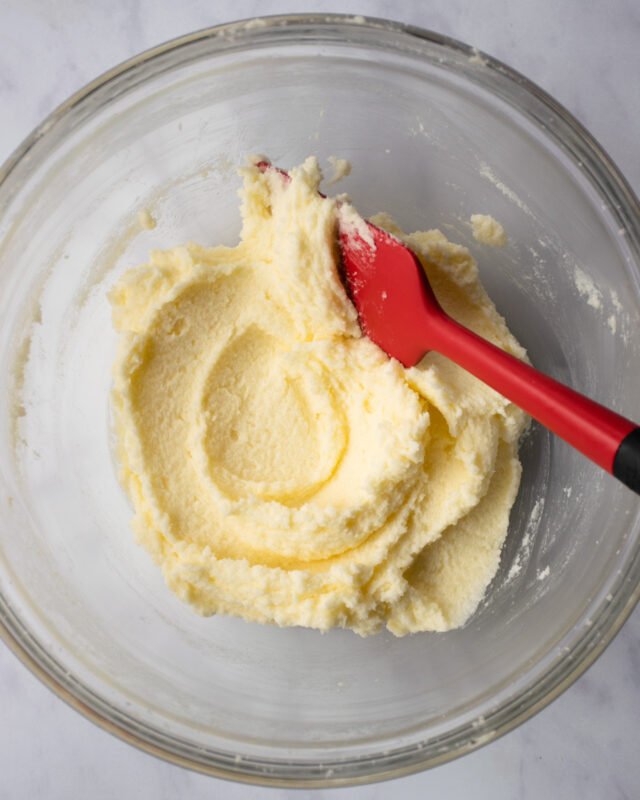
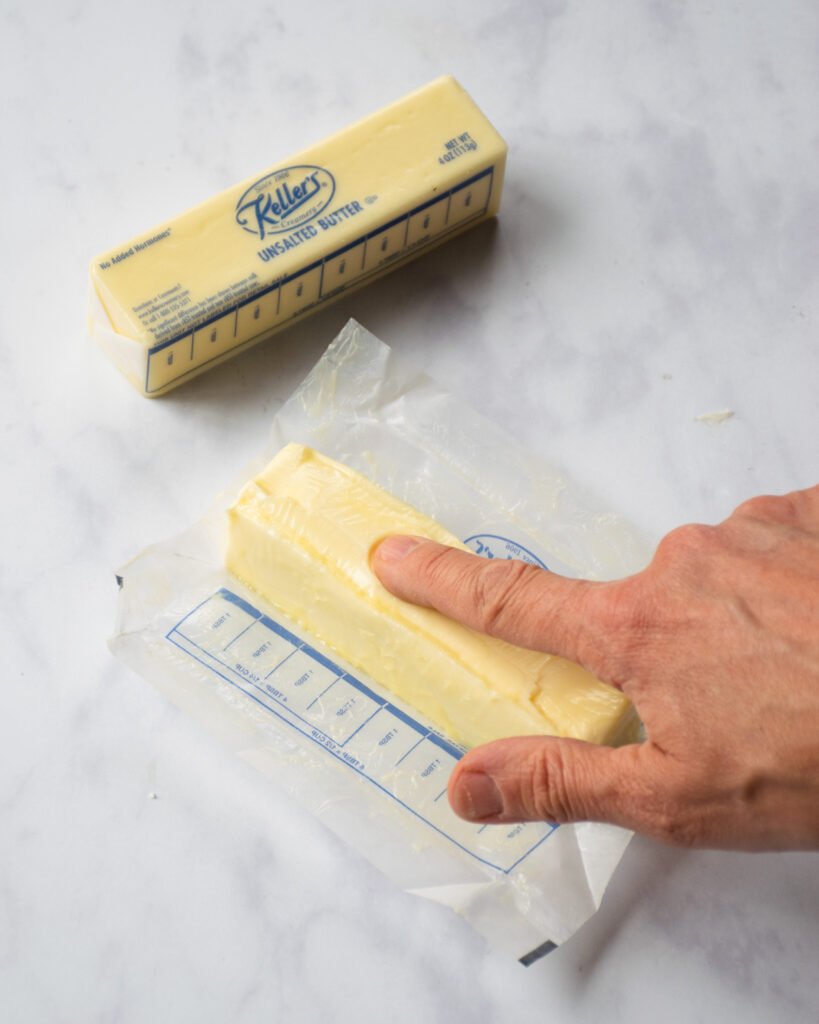
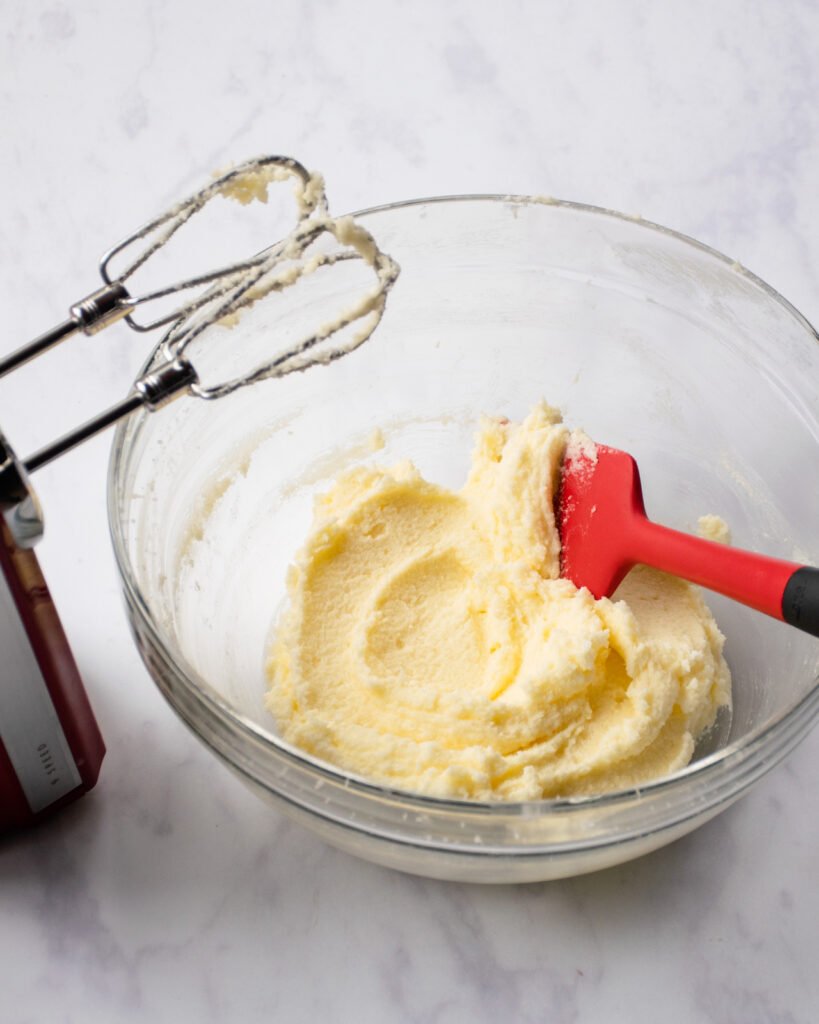
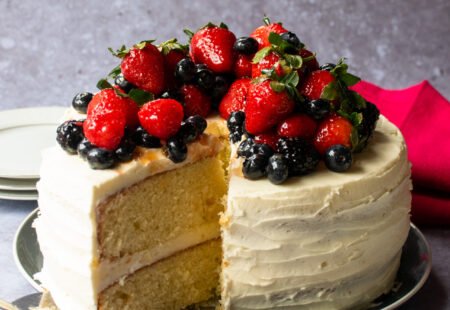
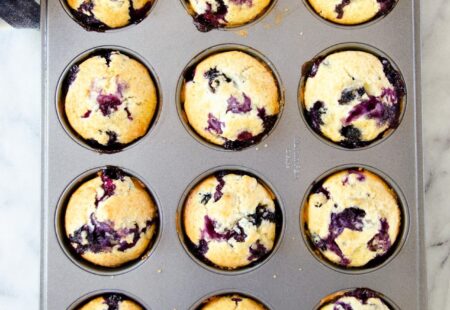
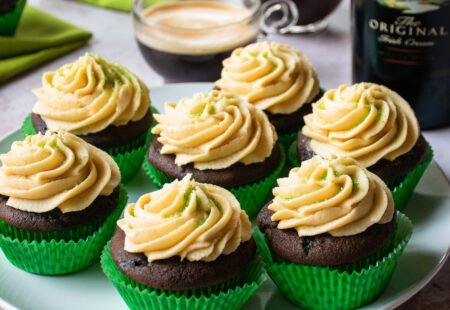
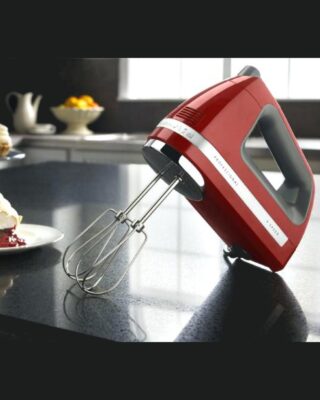
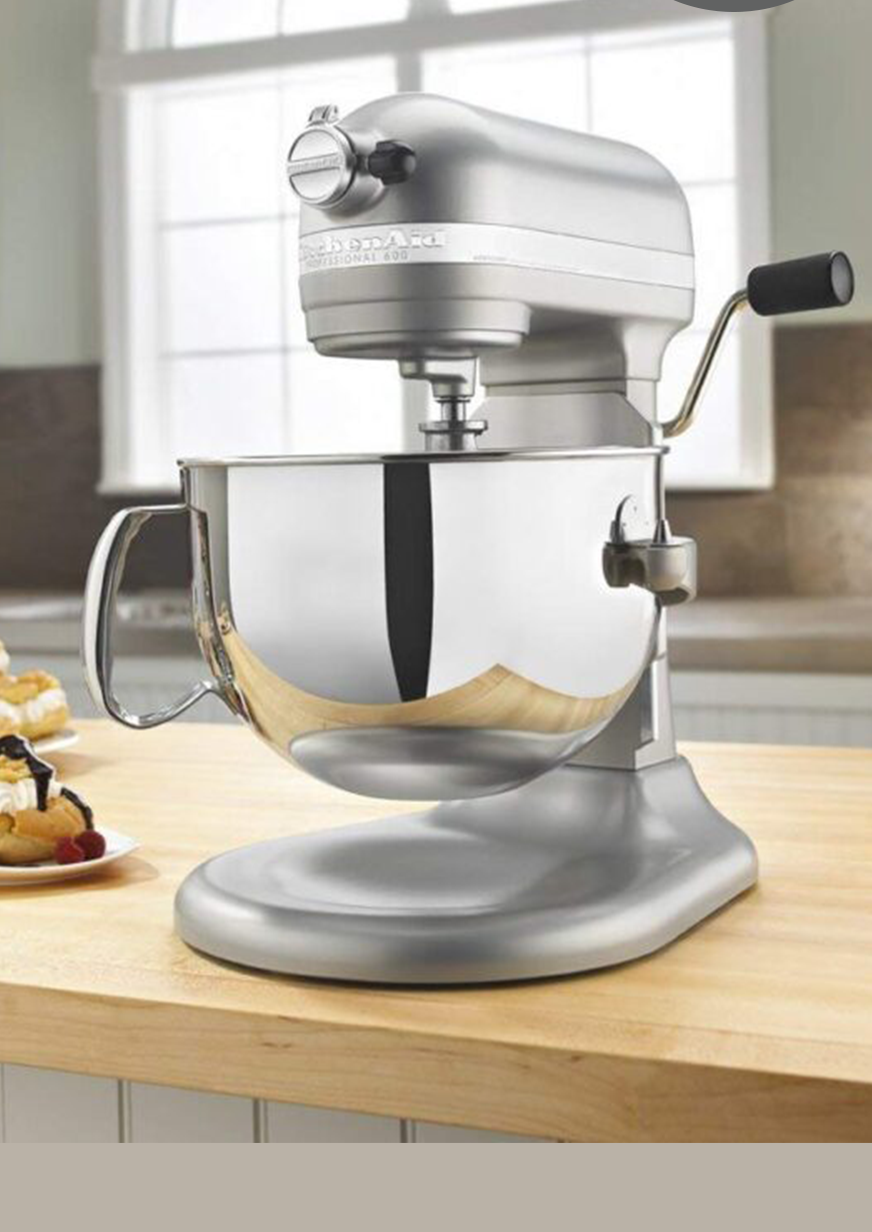

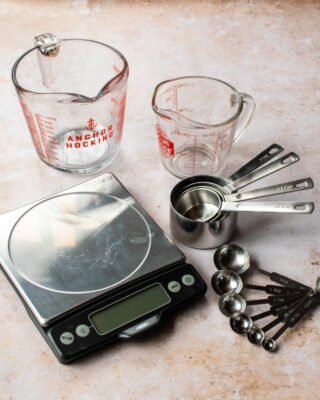
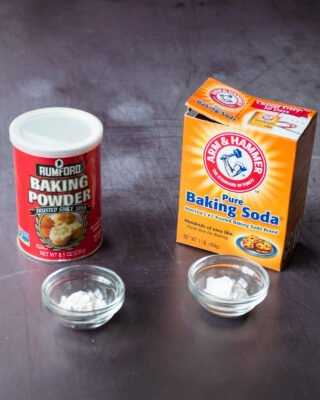
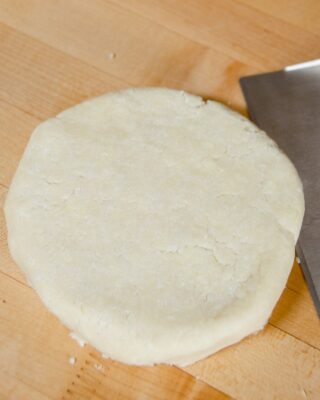
I have made many recipes requiring creaming but never achieved my goal and will be following your tutorial with my pound cake this afternoon!! Thank you and I miss you on QVC.
Thank you so much for this! Quick question…does this differ for margarine? I don’t make everything with butter. And I really miss you on QVC too!
Hi Judy. You can do it the same way, but margarine doesn’t hold air bubbles as well as butter so the increase in volume won’t be as significant.
I use shortening for my sour cream coffee cake. If the shortening, sugar and egg are not creamed properly the cake is dense! My mother taught me to cream it and make sure not overbeaten! She was a great baker.
I miss you on QVC too! Good luck on your new journey!
Meredith has a new line of Blue Jean Chef® Kitchenware that is currently selling on QVC, so you can still catch her there on occasion. Thanks!